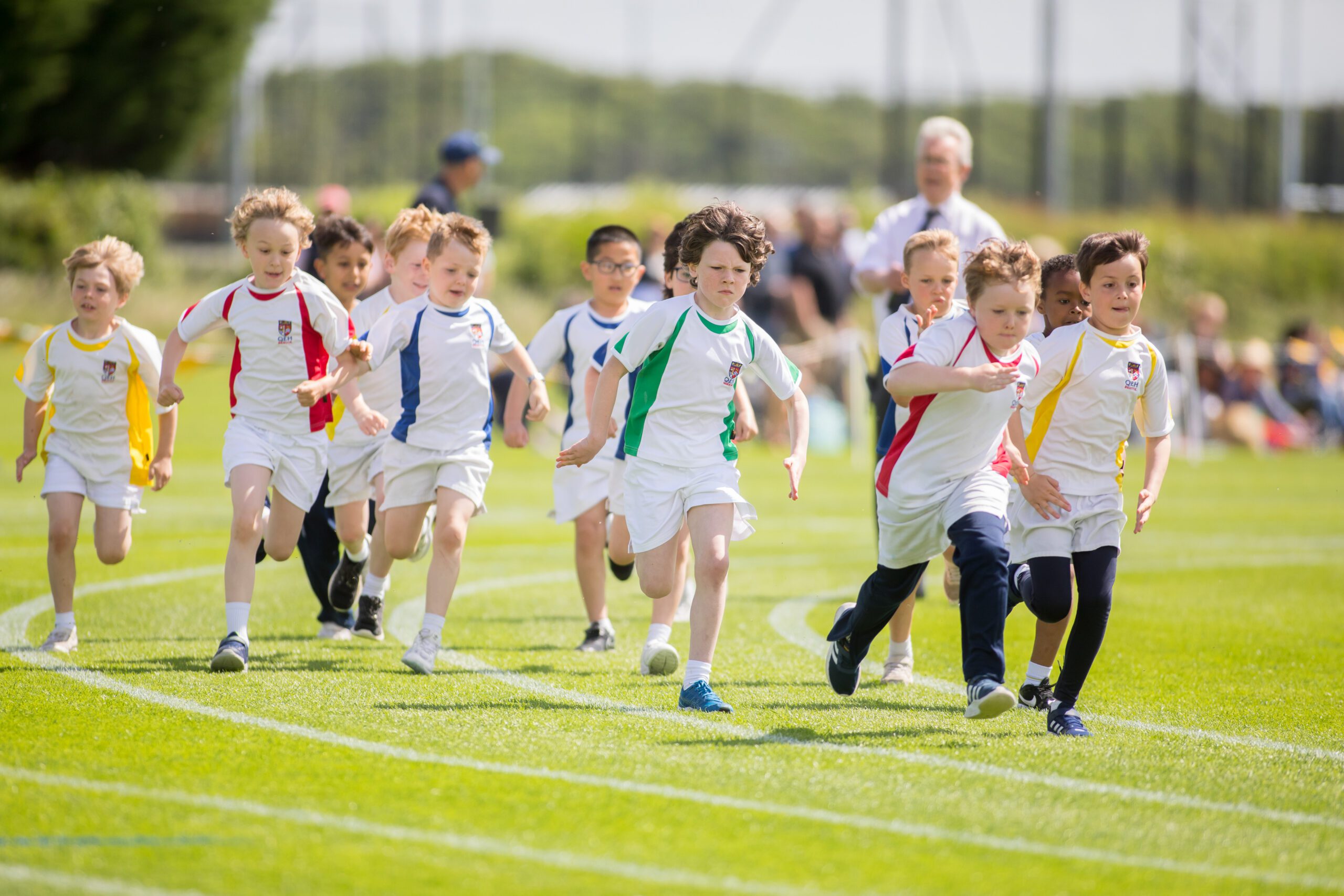A common misconception about co-ed schools is that they aren’t segregated. The truth is, of course, that all schools are separated according to gender to some extent, in certain contexts.
A common misconception about co-ed schools is that they aren’t segregated. The truth is, of course, that all schools are separated according to gender to some extent, in certain contexts. The question, then, is less about whether a school should have dividing lines in their structure than it is where these divisions should be placed.
With gender equity and unconscious bias being such a prevalent concern of these times, it’s tempting to eliminate these barriers as a matter of principle, regardless of their potential benefits. However, there is a danger that in our efforts to challenge perceived binaries, we are merely introducing others, and that in our attempts to expand boundaries, we are unwittingly restricting them.
At face value, single gender classrooms might appear to be just another manifestation of a flawed and patriarchal society, but as we will see, there’s more to it than that. A school’s culture is far more important than its demographic makeup; a person’s wellbeing and treatment of others more pertinent than their genetics – and sometimes, being inclusive is about more than just representation.
When we look at the merits of single gender schools on their own terms, there’s still plenty to recommend it as the right way to go. Here’s why…
Developmental Contrasts
We each grow differently. While this is clear on an individual level, it is also said that boys develop differently to girls, on average. This is true cognitively as well as physically, particularly through the ages of 6-14.
It is commonly stated that in this stage of their lives, girls tend to be ahead in literacy and boys tend to do better in numeracy. The simple fact that this statement is widely accepted creates an environment where the potential for gender-specific treatment is increased; having a classroom comprising of just boys or just girls ensures that these biases don’t factor in to a child’s educational experience.
Additionally, an individual who is particularly gifted or struggling in a certain area will be clearer when their progress is seen against those most similar to them. Tests with the fewest variables are easiest to measure.
Academic Success
Schools aren’t just judged on their academic achievements, but they’re a fairly significant factor. The research that has gone into whether single-sex schools do better academically is inconclusive – largely due to the fact that so many also happen to be independent – but it is in this ambiguity where our convictions become stronger: that it is the quality of our service that matters more than the gender of the student population, and that students learn best when they can focus on the teaching.
Classroom Confidence
It is not uncommon for children to struggle with confidence. As adults, it’s easy to forget how much is expected of them at that age and far too often the approach to growth is to throw them in at the deep end.
When a classroom is made up of boys and girls, the likelihood for a child to feel as though they need to modify their behaviour according to perceived gender norms will increase with the prevalence of the difference, relative to the average. A child’s uniqueness should be encouraged without that individual worrying how it relates to the gender balance of the school.
Sports
It hardly needs saying, but, for many of us, the ways in which our bodies respond to puberty will have been points of sensitivity and potential anxiety. These can only have been magnified by the proliferation of phones and social media, so it’s imperative that we minimise these areas of concern for our children.
While having a single gender environment doesn’t eradicate this issue, it allows a child to develop in their own speed without being compared to preconceived notions of gender expectation.
Social Performance
No matter how much we try to hide it from them, it’s impossible not to expose children to the world around them. Be they patterns of behaviour of others or the depictions of people on the TV or social media, children are constantly building a picture of what the world is and what it expects them to be.
In co-ed schools, it is absolutely natural for students to copy these behaviours and to create an environment where boys are boys and girls are girls, according to the picture the world has built for them. Having a single gender setup during these years increases the chances of a nurtured difference and makes it more likely that a child can grow along their own path.
Unconscious Bias
When we think of a word like bias, we are conditioned to think of it as an extension of harmful societal attributes, but that isn’t always the case.
As mentioned above, it is widely reported that girls of primary school age tend to develop more rapidly in reading and writing, whereas boys usually show a quicker aptitude in maths. Armed with this knowledge, it would be perfectly understandable for a teacher to weigh slightly heavier on their attentions in the classroom according to these averages, without even realising they are doing so.
In this context, that teacher is unconsciously modifying their behaviour in the pursuit of doing a better job. There are countless other examples. Needless to say: the environment least susceptible to these unconscious biases is one where they don’t have the opportunity to manifest.
The Gender Agenda
As we have seen, not all bias comes from a bad place. With the best intentions in the world, even the most progressive of minds can be swayed by the prevailing mindset of a perceived negative past. But far too often, as a society, we fall victim to another kind of bias: confirmation bias; we notice patterns of negative behaviour and apply them to environments where they don’t belong.
At QEH, we believe in equity and inclusivity and embrace our contribution towards the creation of a more balanced world – and part of that belief is in the fact that dividing lines are least visible when they’re not present to begin with.





















